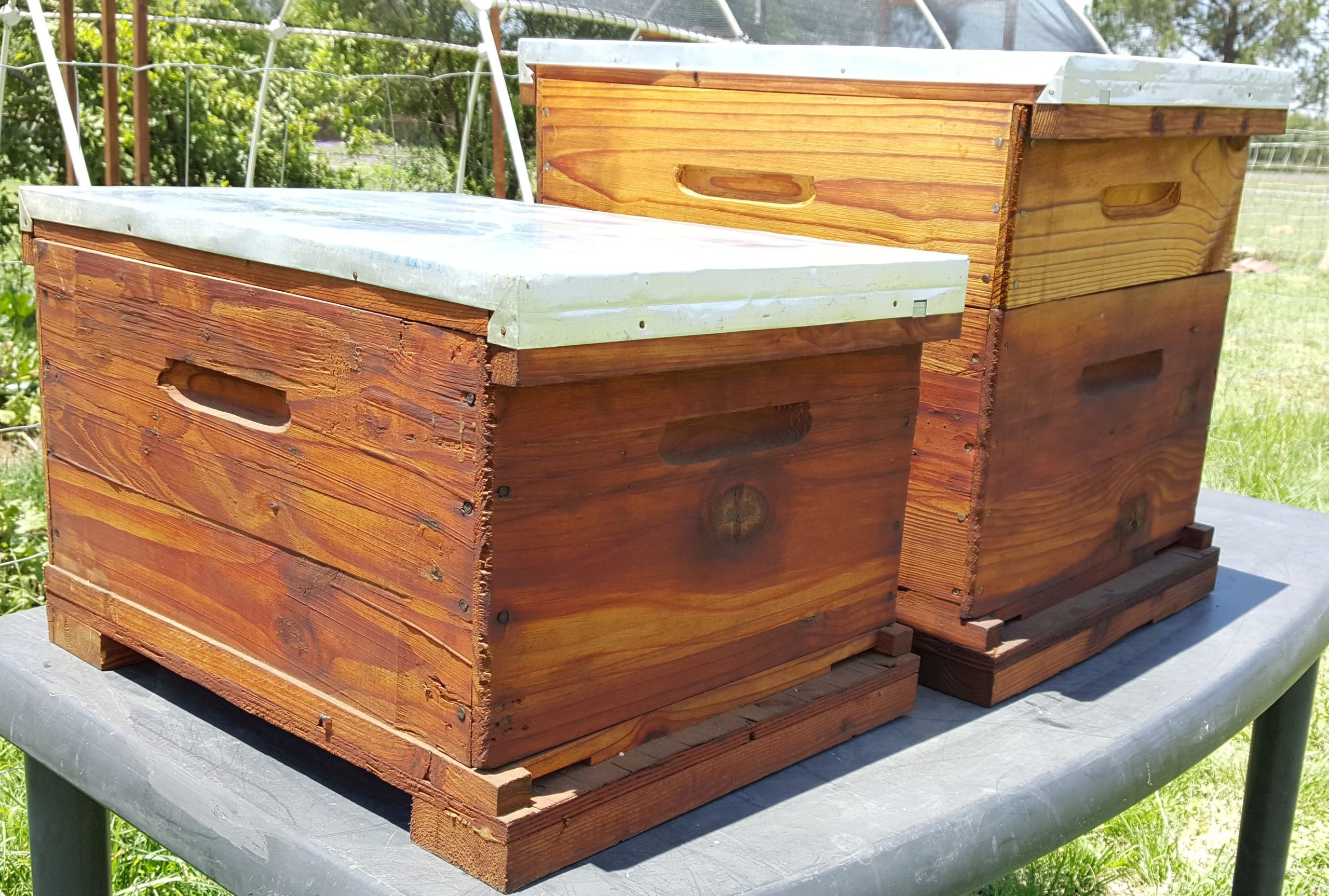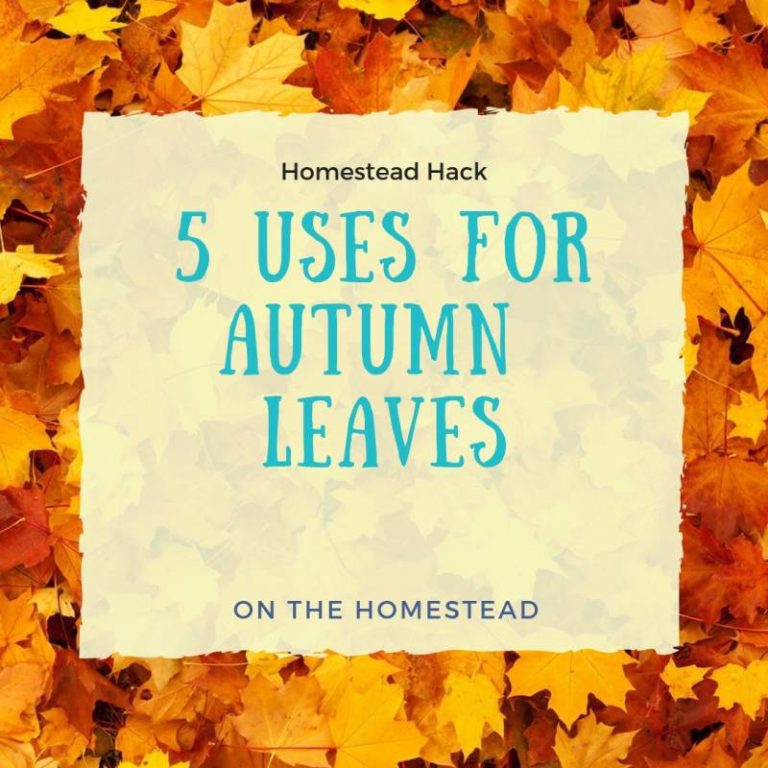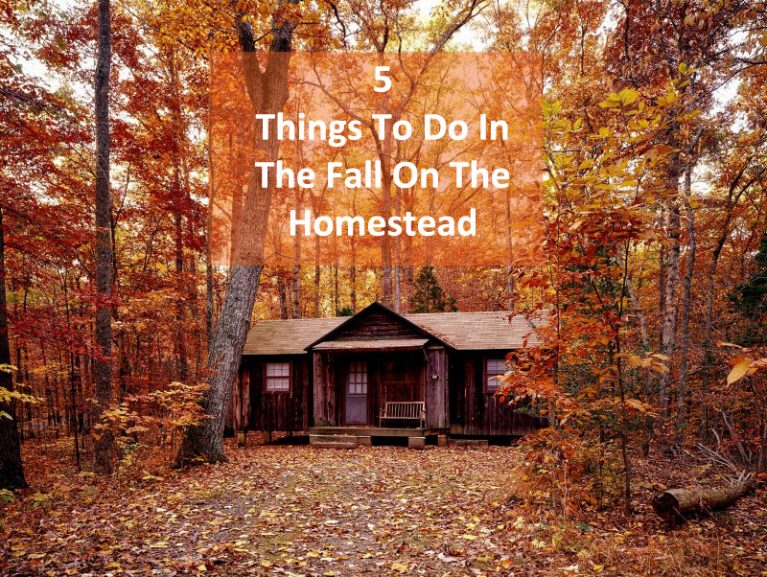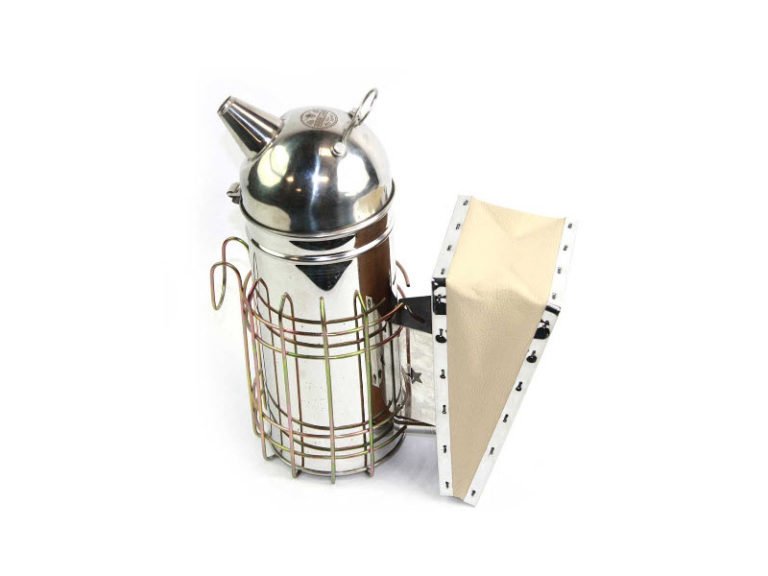Best Beehive For Beginner Beekeepers
I get commissions for purchases made through links in this post. View our Affiliate Disclaimer.
The best beehive for beginner beekeepers is a design that is practical, easy to use, wallet friendly and portable!
There are many hive designs out there, each with their pros and cons.
My beehive of choice comes from the perspective of a homesteader, backyard beekeeper, although many commercial beekeeping operations also use this design due to its portability and expansion capabilities. It also is the hive of choice of most South African beekeepers (of which I am one), and it seems to work well for the species of bee that we work with – the African Honey Bee – Apis mellifera scutellata.
The design of hive that I am talking about is the Langstroth bee hive – The best beehive design for beginner or pro beekeepers, particularly in Africa!
The Pro’s
All designs have their pro’s and con’s, however, the pros’s for the Langstroth model make it the best beehive for a beginner bee keeper in particular.
Cost
Costs for starting up a homestead or backyard beekeeping enterprise could be why many people don’ t consider it.
This does not have to be the case with the Langstroth design hive. The price of these hives are not prohibitive to most amateur beekeepers. If you are the DIY sort and can measure wood and swing a hammer, it could work out even cheaper. The Langstroth design is quite simple and easy to build yourself. That makes it the best beehive for you pocket too!
Modular Design
The modular design of this type of beehive is one of it’s major strengths. In it’s basic form, a hive has the following modules:
- The brood box – the main chamber where the bees enter and exit the hive and where they raise their young
- A queen excluder – to keep the queen in the brood chamber
- The super – the module placed on top of the brood box, where the honey for harvest is stored
- Individual frames to hold comb and honey (10 frames in a super, 10 brood frames in a brood box)
- A lid which is placed on the top of the super to close the hive.
As the colony grows, or if you have a bumper honey season, you can add additional supers on top of the hive for the bees to store honey. As your colony grows, they will need more food (honey) to store for the winter. This means that if you have two supers on your hive, you would normally only harvest honey from the top super. You would leave the bottom super as food to see your growing colony through the winter.
Ease of Use
Due to the modular design, it is easy access the hive and maintain the hive with minimal disturbance to the bees, particularly the queen in the brood chamber.
Access to the hive by removing the top lid, then remove however many supers to do the necessary task. Brush the bees aside and replace the supers and the lid. Easy as that!
Portability
Occasionally it is necessary to move your beehives to a new location. The design of the hive makes this a relatively easy task. One person can move the hive if it is small, or two people if you have a couple of supers on the hive. Moving beehives is best done in the evening when all the bees are inside the hive.
First step is to block the entrance of the hive, some newspaper will do the trick. Place a strap or rope vertically around the hive to hold all the modules together. You can then safely pick up the hive, place it on a wheelbarrow, or simply carry it to the new location.
Remember to unblock the hive entrance when you are done.
The Con’s
The design has a few cons, however most of them are easily overcome.
Maintenance
Hives are usually made from wood. Maintenance of the hives is required on a regular basis since they are exposed to the sun and weather all year long. I don’t like to use paint, as it does not last long in the hot African sun. I normally seal the outside of the hive with a wax based wood sealer.
Pest Access
If the hive is not well constructed, the gaps between the modules may allow access for pests into the hive. The solution for this is to buy a well constructed hive.
Other posts you may like – 5 Must Have Items For Beekeeping
Get more posts like this
Subscribe to our mailing list and get interesting homesteading and green living info and updates to your email inbox.
Thank you for subscribing.
Something went wrong.







